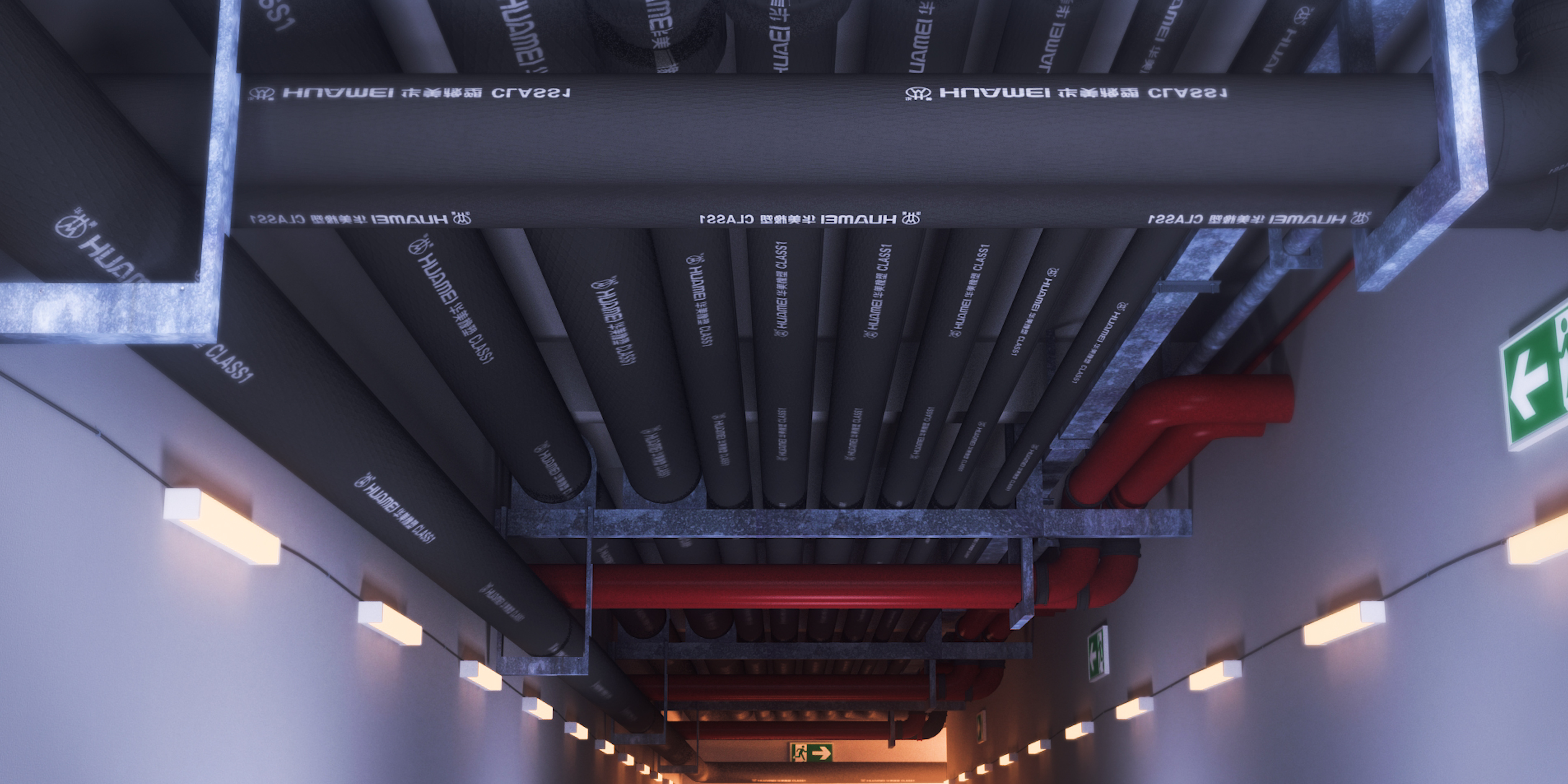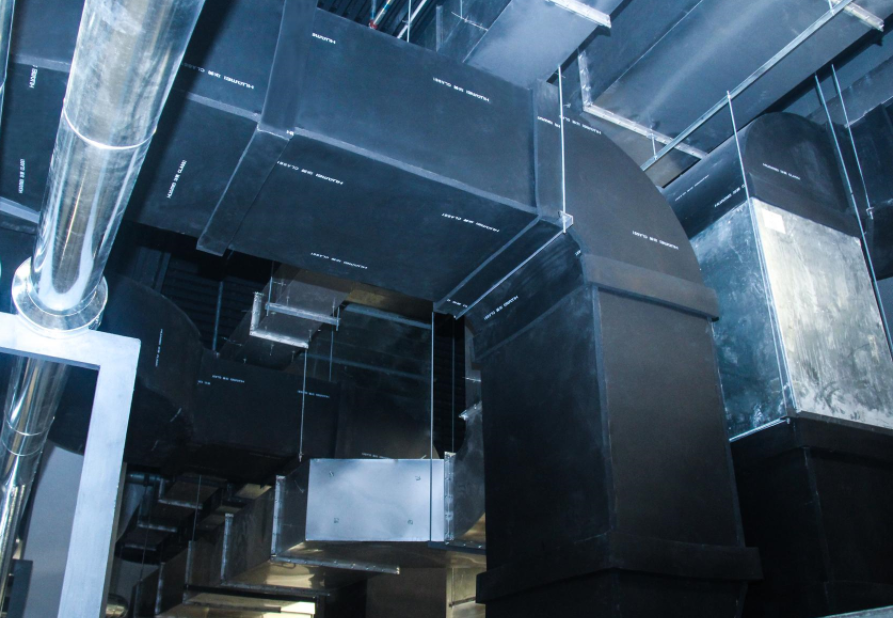E-mail: marketing@hbhuamei.com
When it comes to creating a comfortable and energy-efficient living space, proper insulation in your walls is crucial. Whether you're a seasoned DIY enthusiast or a homeowner looking to cut down on energy bills, this step-by-step guide will walk you through the process of installing insulation in walls with precision and effectiveness.
Before diving into the installation process, let's grasp why insulation matters. Effective insulation regulates temperature, reducing energy consumption and lowering utility bills. It also acts as a sound barrier, enhancing your home's acoustic comfort.

Prepare for the project by acquiring the necessary materials. You'll need insulation material, a utility knife, measuring tape, safety gear (gloves, goggles, and a mask), and a staple gun. Ensure you choose the right type of insulation for your specific needs and climate.
Accurate measurements are crucial for a successful installation. Measure the wall cavities, allowing for any obstructions. Use a utility knife to cut the insulation to the correct size, ensuring a snug fit within the walls.
Begin the installation process by placing the cut insulation into the wall cavities. Press it firmly to ensure it fills the space completely. Use a staple gun to secure the insulation in place, taking care not to compress it excessively.
Proper insulation requires attention to detail. Seal any gaps or joints with additional insulation material. This step is crucial for preventing air leakage, enhancing the overall effectiveness of the insulation.
Before wrapping up the project, prioritize safety. Double-check that all insulation is secure and free from hazards. Wear appropriate safety gear throughout the installation process to protect yourself from any potential health risks associated with insulation materials.

Q: Can I install insulation in existing walls?
A: Yes, it's possible to retrofit insulation into existing walls. However, it's recommended to consult with a professional to determine the best approach for your specific situation.
Q: What type of insulation is best for walls?
A: The ideal insulation type depends on factors such as climate, budget, and personal preference. Common options include fiberglass, cellulose, and foam board insulation.
Q: Will insulation reduce my energy bills?
A: Yes, proper wall insulation can significantly reduce energy bills by maintaining a more stable indoor temperature, reducing the need for constant heating or cooling.
Follow this comprehensive guide, and you'll be well on your way to a well-insulated home, contributing to energy efficiency and comfort for years to come.
Copyright © Huamei Energy-saving Technology Group Co., Ltd. All Rights Reserved | Sitemap | Privacy Policy
Insulation solutions LIST: Insulation solutions LIST